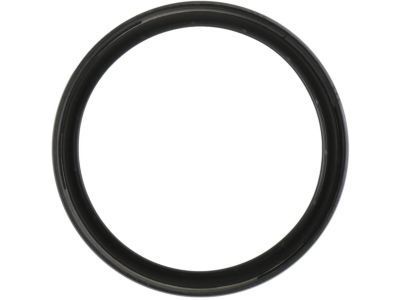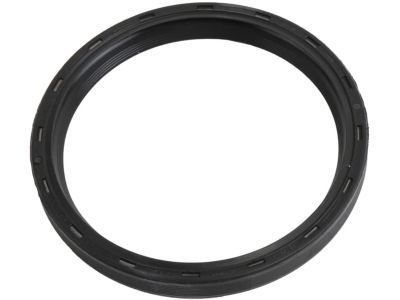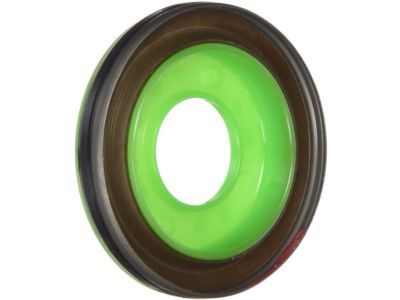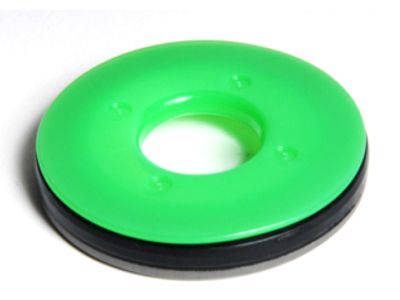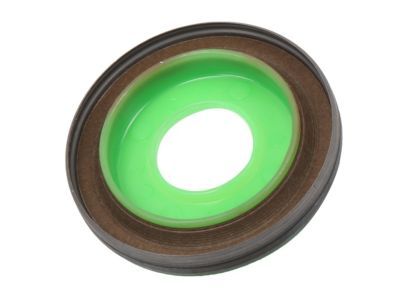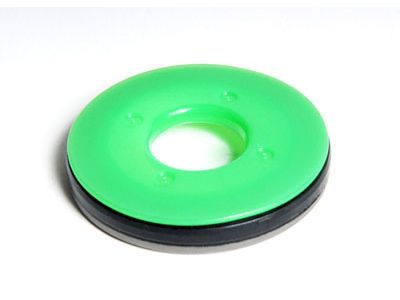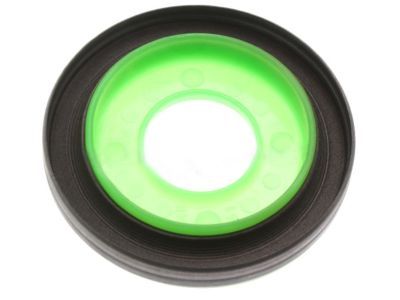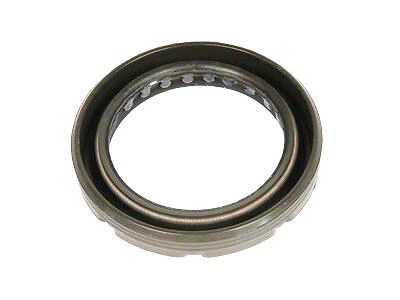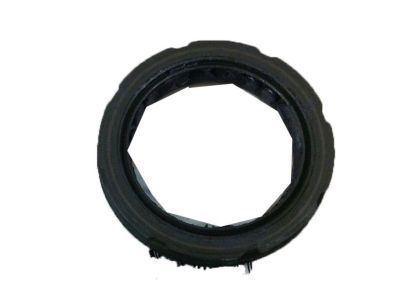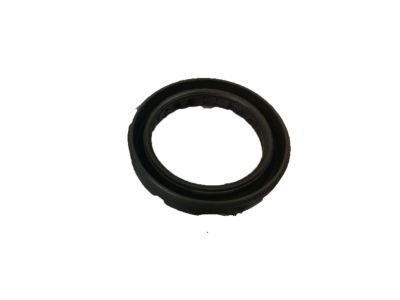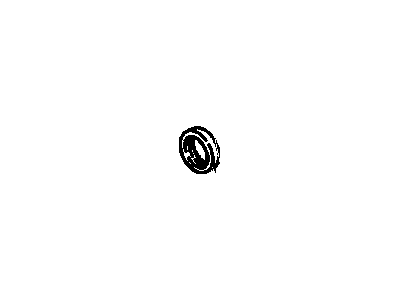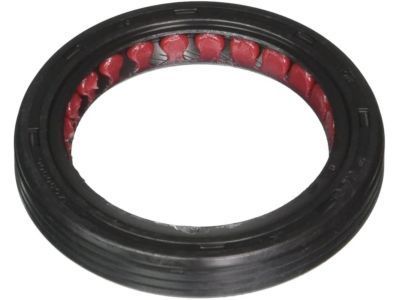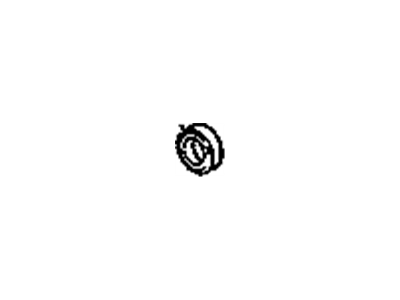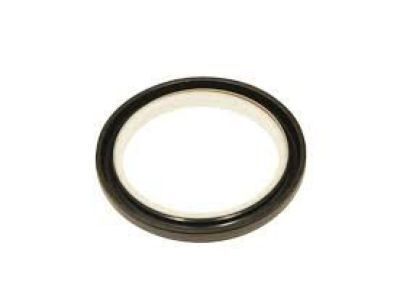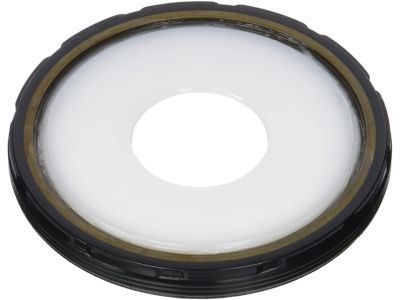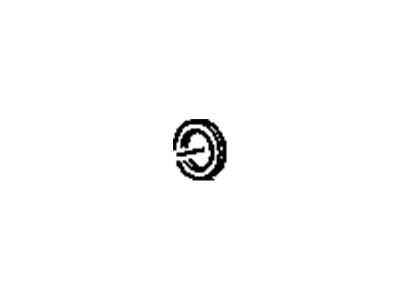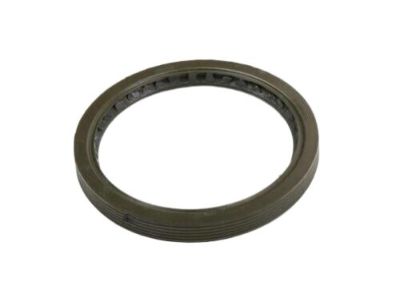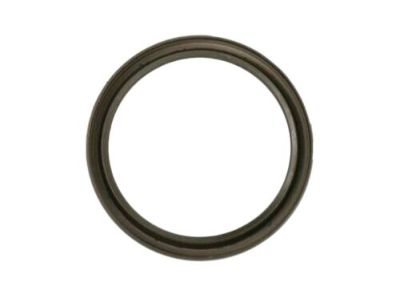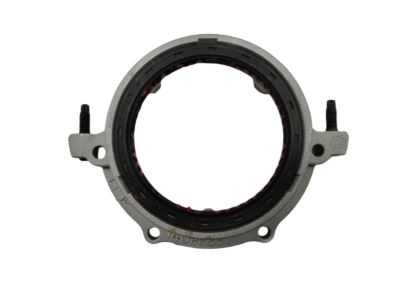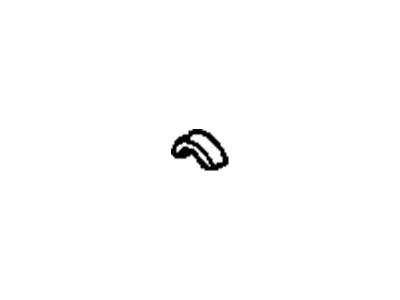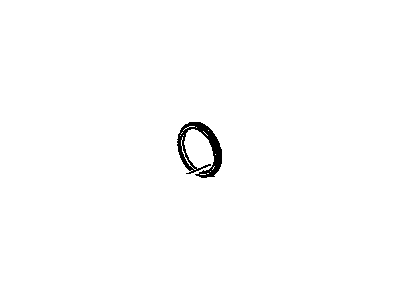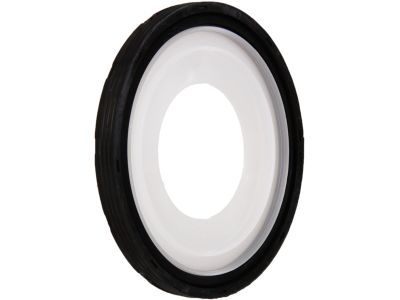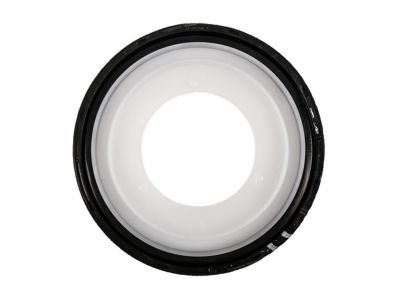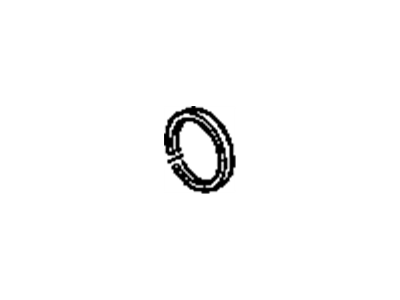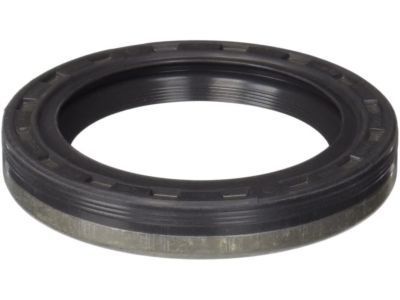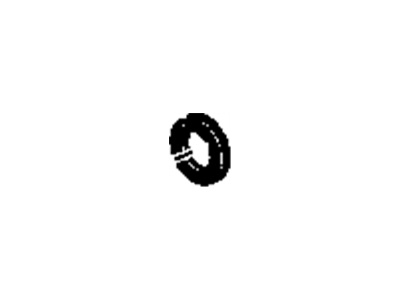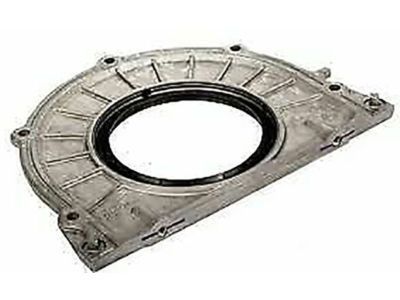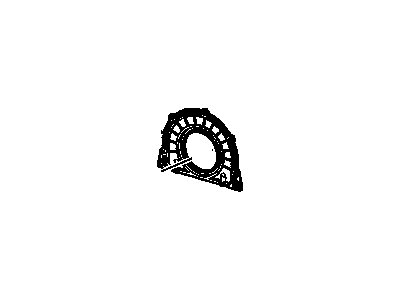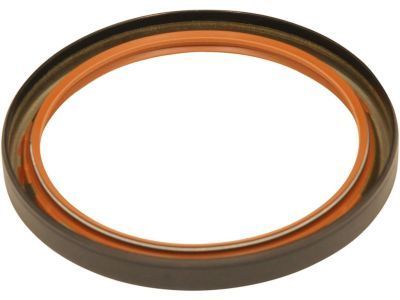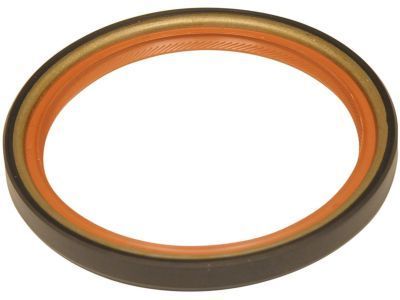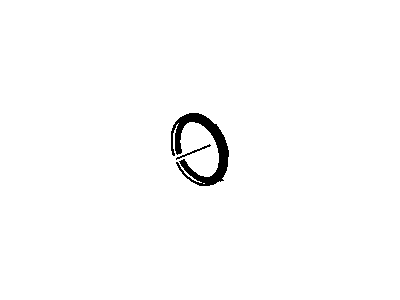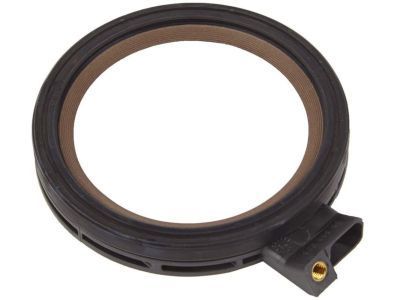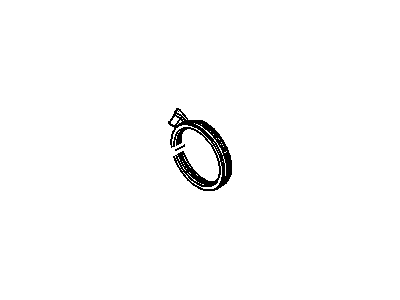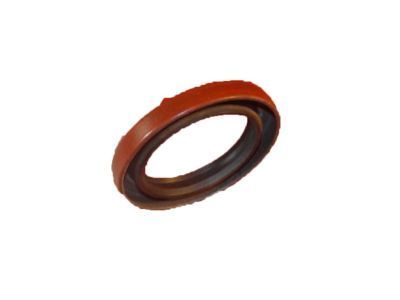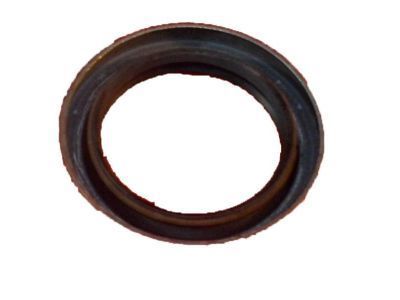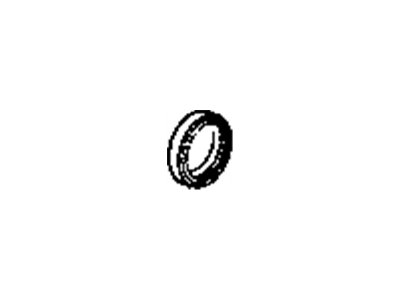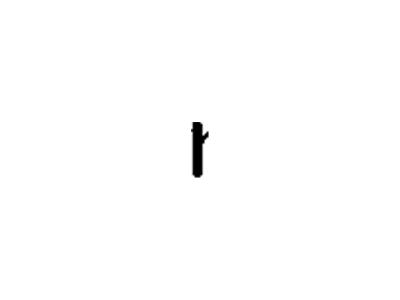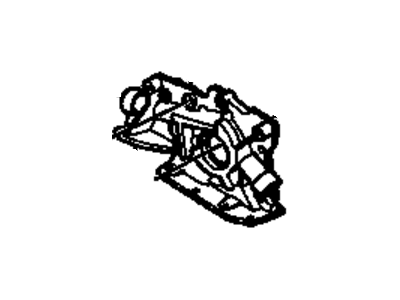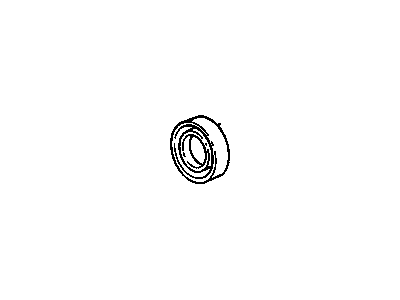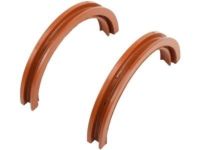
My Garage
My Account
Cart
Genuine Pontiac Crankshaft Seal
- Select Vehicle by Model
- Select Vehicle by VIN
Select Vehicle by Model
orMake
Model
Year
Select Vehicle by VIN
For the most accurate results, select vehicle by your VIN (Vehicle Identification Number).
38 Crankshaft Seals found
Pontiac Seal Assembly, Crankshaft Rear Oil
Part Number: 12591866$23.06 MSRP: $39.10You Save: $16.04 (42%)Product Specifications- Other Name: SEAL, Engine Rear Main Bearing; Rear Main Seal
- Position: Rear
- Replaces: 90298408, 90325572, 90280462, 90354378
Pontiac Seal, Crankshaft Front Oil
Part Number: 12584041$9.08 MSRP: $15.04You Save: $5.96 (40%)Ships in 1-3 Business DaysProduct Specifications- Other Name: SEAL, Engine Front Cover & Crankshaft Seal
- Position: Front
- Replaces: 12580989, 55564509, 12609467, 90571925
Pontiac Seal,Crankshaft Front Oil
Part Number: 10128316$22.20 MSRP: $35.40You Save: $13.20 (38%)Ships in 1-2 Business DaysProduct Specifications- Other Name: SEAL, Engine Front Cover & Crankshaft Seal
- Position: Front
Pontiac Seal,Crankshaft Front Oil
Part Number: 14090906$21.43 MSRP: $35.47You Save: $14.04 (40%)Ships in 1-2 Business DaysProduct Specifications- Other Name: SEAL, Engine Front Cover & Crankshaft Seal
- Position: Front
- Replaces: 12577710
Pontiac Seal,Crankshaft Rear Oil
Part Number: 12582320$24.46 MSRP: $40.49You Save: $16.03 (40%)Ships in 1-2 Business DaysProduct Specifications- Other Name: SEAL, Engine Rear Main Bearing; Crankshaft Seal, Rear Main Seal, Seal
- Position: Rear
- Replaces: 25534760
Pontiac Seal Assembly, Crankshaft Rear Oil
Part Number: 12592195$44.81 MSRP: $76.64You Save: $31.83 (42%)Ships in 1-2 Business DaysProduct Specifications- Other Name: SEAL KIT, Engine Rear Main Bearing
- Position: Rear
- Replaces: 14085829
Pontiac Seal,Crankshaft Rear Oil
Part Number: 10088158$34.10 MSRP: $56.44You Save: $22.34 (40%)Ships in 1-2 Business DaysProduct Specifications- Other Name: SEAL, Engine Rear Main Bearing
- Position: Rear
Pontiac Seal,Crankshaft Rear Main Bearing Cap
Part Number: 12568025$53.00 MSRP: $90.63You Save: $37.63 (42%)Ships in 1-3 Business DaysProduct Specifications- Other Name: SEAL, Engine Rear Main Bearing; Rear Main Seal
- Position: Rear
- Replaces: 12556355, 12556107
Pontiac Seal Kit,Crankshaft Rear Oil
Part Number: 89060436$24.13 MSRP: $39.93You Save: $15.80 (40%)Ships in 1-3 Business DaysProduct Specifications- Other Name: SEAL KIT, Engine Rear Main Bearing; Crankshaft Seal, Rear Main Seal
- Position: Rear
- Replaces: 12550574, 12585671, 89018162
Pontiac Seal,Crankshaft Front Oil
Part Number: 12608750$9.18 MSRP: $15.19You Save: $6.01 (40%)Ships in 1-3 Business DaysProduct Specifications- Other Name: SEAL, Engine Front Cover & Crankshaft Seal
- Position: Front
- Replaces: 12592355
Pontiac Seal Assembly, Crankshaft Rear Oil
Part Number: 12637710$43.13 MSRP: $73.74You Save: $30.61 (42%)Ships in 1-2 Business DaysProduct Specifications- Other Name: SEAL, Engine Rear Main Bearing; Rear Main Seal, Rear Main Seal Retainer
- Position: Rear
- Replaces: 12608748, 12620955, 12592243, 12592242
Pontiac Seal,Crankshaft Rear Oil
Part Number: 90325571$15.33 MSRP: $25.37You Save: $10.04 (40%)Ships in 1-3 Business DaysProduct Specifications- Other Name: SEAL, Engine Rear Main Bearing; Rear Main Seal
- Position: Rear
- Replaces: 96101489, 90352112, 96376569
Pontiac Seal,Crankshaft Rear Oil
Part Number: 55555805$34.30 MSRP: $56.78You Save: $22.48 (40%)Ships in 1-2 Business DaysProduct Specifications- Other Name: SEAL, Engine Rear Main Bearing; Rear Main Seal
- Position: Rear
Pontiac Seal Assembly, Crankshaft Front Oil
Part Number: 12582313$14.65 MSRP: $24.24You Save: $9.59 (40%)Ships in 1-3 Business DaysProduct Specifications- Other Name: SEAL, Engine Front Cover & Crankshaft Seal
- Position: Front
- Replaces: 24504098
- Product Specifications
- Other Name: SEAL, Engine Front Cover & Crankshaft Seal
Pontiac Seal, Crankshaft Rear Main Bearing Cap *Orange
Part Number: 24500058$13.05Ships in 1-2 Business DaysProduct Specifications- Other Name: SEAL, Engine Rear Main Bearing; Rear Main Seal
- Position: Rear
- Product Specifications
- Other Name: SEAL, Engine Rear Main Bearing; Cap, Rear Main Seal
- Position: Rear
Pontiac Seal,Crankshaft Rear Oil
Part Number: 12554314$35.54 MSRP: $61.29You Save: $25.75 (43%)Ships in 1-3 Business DaysProduct Specifications- Other Name: SEAL, Engine Rear Main Bearing; Rear Main Seal
- Position: Rear
Pontiac Seal,Crankshaft Front Oil
Part Number: 90183572$25.96 MSRP: $41.40You Save: $15.44 (38%)Ships in 1-3 Business DaysProduct Specifications- Other Name: RING, Engine Oil Pump Body; Seal, Seal Ring, Shaft Seal, Timing Cover Seal
- Position: Front
- Replaces: 90136297, 90156855
Pontiac Seal,Crankshaft Rear Oil
Part Number: 22545259$13.34 MSRP: $21.99You Save: $8.65 (40%)Ships in 1-2 Business DaysProduct Specifications- Other Name: SEAL, Engine Rear Main Bearing; Rear Main Seal
- Position: Rear
| Page 1 of 2 |Next >
1-20 of 38 Results
Pontiac Crankshaft Seal
If you're searching for OEM Pontiac Crankshaft Seals, look no further. Our website boasts an extensive inventory of genuine Pontiac Crankshaft Seals, all available at competitive prices online. Every part we offer comes with a manufacturer's warranty. In addition, we provide a straightforward return policy and rapid delivery services, making your shopping experience a breeze.
Pontiac Crankshaft Seal Parts Questions & Experts Answers
- Q: How to remove and install the crankshaft seal in four cylinder engine on Pontiac Firebird?A:Remove the cable from the negative battery terminal. Loosen the accessory drivebelt tension adjusting bolts as necessary and remove the drivebelts, tagging each belt for easier reinstallation. With the parking brake applied and the shifter in Park for automatic or in gear for manual to prevent the engine from turning over, remove the crankshaft pulley bolt, using a breaker bar if needed due to tightness. Mark the position of the pulley in relation to the hub, then remove the bolts and separate the pulley from the hub. Use a puller to remove the hub from the crankshaft. Carefully pry the oil seal out of the front cover with a large screwdriver, taking care not to distort the cover. Install the new seal with the helical lip toward the rear of the engine, driving it into place with a seal installation tool or a large socket, or using a block of wood and hammer if space allows. Apply a thin layer of clean multipurpose grease to the seal contact surface of the hub. Position the pulley hub on the crankshaft and slide it through the seal until it bottoms against the crankshaft gear, ensuring the slot in the hub aligns with the Woodruff key in the crankshaft. The hub-to-crankshaft bolt can be used to press the hub into position. Install the crank pulley on the hub, aligning it with the marks made during removal, and coat the pulley-to-hub bolts with thread-locking compound before tightening the hub-to-crankshaft and pulley-to-hub bolts to the specified torque. The remaining installation steps follow the reverse order of removal, ensuring the drivebelts are tightened to the proper tension.
- Q: How to remove and install rear crankshaft seal in 2.2L four cylinder engine on Pontiac Grand Prix?A:Remove the flywheel/drive plate. Using a thin screwdriver or seal removal tool, carefully extract the Crankshaft Seal from the engine block, taking care not to damage the crankshaft surface. Clean the bore in the block and the seal contact surface on the crankshaft, checking for scratches and nicks that could harm the new seal lip and lead to oil leaks; if the crankshaft is damaged, a new or different crankshaft is necessary. Inspect the seal bore for nicks and scratches, smoothing it with a fine file if needed, but avoid nicking the crankshaft. A special tool is recommended for installing the new Crankshaft Seal; lubricate the seal lips and slide the seal onto the tool until the dust lip bottoms against the collar. If the special tool is unavailable, carefully work the seal lip over the crankshaft and tap it into place with a hammer and blunt punch. Align the dowel pin on the tool with the dowel pin hole in the crankshaft and attach the tool by hand-tightening the bolts. Turn the tool handle until the collar bottoms against the case, seating the seal, then loosen the tool handle and remove the bolts and the tool. Check that the seal is seated squarely in the bore, then install the flywheel/drive plate and the transaxle.
- Q: How to remove and install a front crankshaft pulley and Crankshaft Seal on Pontiac Vibe?A:Remove the crankshaft pulley and note the installation depth and orientation of the seal, ensuring the new one is installed the same way. Carefully pry the oil seal out of the cover using a seal puller or a large screwdriver, wrapping electrician's tape around the screwdriver tip to prevent damage to the crankshaft. Cut the lip of the seal with a utility knife to facilitate removal, taking care not to distort the cover or scratch the crankshaft. Apply clean engine oil or multi-purpose grease to the outer edge of the new seal, then install it in the cover with the lip facing inward. Drive the seal into place using a seal driver or a large socket and hammer, ensuring it enters the bore squarely and stops at the correct depth. Check the surface on the pulley hub where the oil seal makes contact; if it is grooved, a press-on sleeve may be available to renew the sealing surface, which can be pressed into place with a hammer and a block of wood. Lubricate the pulley hub with clean chassis grease and reinstall the crankshaft pulley. Install the crankshaft pulley retaining bolt and tighten it to the specified torque, with the remainder of the installation being the reverse of removal.
Related Pontiac Parts
Browse by Model
6000 Crankshaft Seal Aztek Crankshaft Seal Bonneville Crankshaft Seal Fiero Crankshaft Seal Firebird Crankshaft Seal G3 Crankshaft Seal G5 Crankshaft Seal G6 Crankshaft Seal G8 Crankshaft Seal GTO Crankshaft Seal Grand Am Crankshaft Seal Grand Prix Crankshaft Seal J2000 Crankshaft Seal LeMans Crankshaft Seal Montana Crankshaft Seal Parisienne Crankshaft Seal Phoenix Crankshaft Seal Pursuit Crankshaft Seal Safari Crankshaft Seal Solstice Crankshaft Seal Sunbird Crankshaft Seal Sunfire Crankshaft Seal Sunrunner Crankshaft Seal T1000 Crankshaft Seal Torrent Crankshaft Seal Trans Sport Crankshaft Seal Vibe Crankshaft Seal
